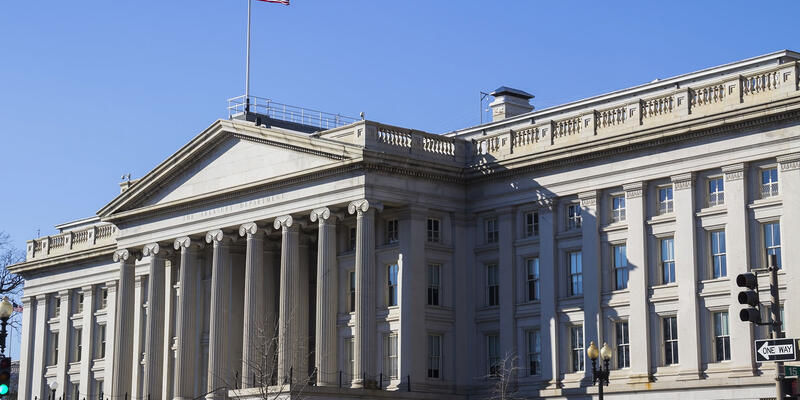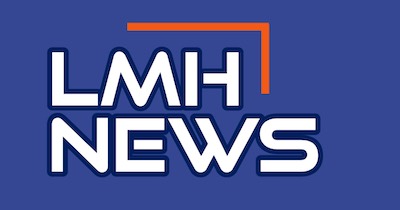
The Emergency Economic Stabilization Act of 2008 (division A of Public Law 110-343) established the Troubled Asset Relief Program (TARP) to enable the Department of the Treasury to promote stability in financial markets by purchasing and guaranteeing “troubled assets.” Section 202 of that legislation, as amended, requires annual reports from the Office of Management and Budget (OMB) on the costs of the program. The law also requires the Congressional Budget Office to submit its own report within 45 days of the issuance of OMB’s report each year. CBO’s assessment must discuss three elements:
- The costs of purchases and guarantees of troubled assets,
- Information CBO collects and the valuation methods it uses to calculate those costs, and
- The program’s effects on the federal budget deficit and debt.
In September 2023, the last remaining investment made by the Treasury through the TARP was repaid, thereby ending the program. The Treasury no longer holds any assets related to the program and is not authorized to make further disbursements. Consequently, this report is CBO’s final assessment of the costs of the TARP’s transactions.
By CBO’s estimate, $444 billion of the $700 billion initially authorized was disbursed through the TARP. (About $410 billion of the total amount was disbursed by March 2011.) CBO estimates that the government’s total subsidy cost was $31 billion.
The estimated cost of the TARP stems largely from grant programs aimed at preventing foreclosures on home mortgages, assistance that was provided to American International Group (AIG), and aid that was provided to the automotive industry. Taken together, other transactions with financial institutions yielded a net gain to the federal government from dividends, interest, and capital gains.
CBO’s assessment of the TARP’s costs is about the same as what the agency last reported in April 2023. It is also similar to OMB’s latest estimate.
The U.S. financial system was in a precarious condition when the TARP was created, and the transactions envisioned and ultimately undertaken entailed substantial financial risk for the federal government. Nevertheless, the TARP’s net realized costs have proved to be near the low end of the range of possible outcomes anticipated at the program’s outset.
Originally published at https://www.cbo.gov/publication/59919



